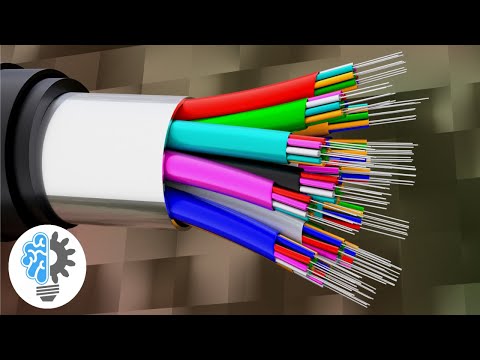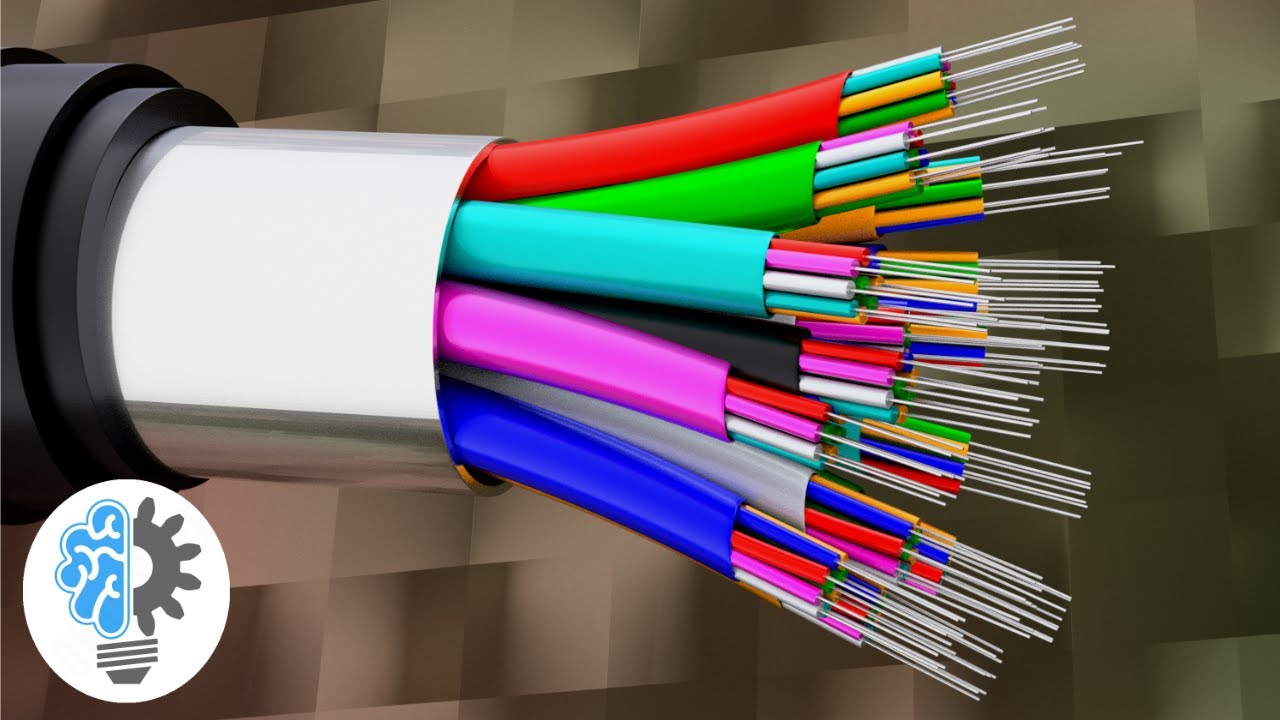Fiber optics revolutionized the world of telecommunications, enabling lightning-fast data transmission and unparalleled connectivity. This cutting-edge technology utilizes strands of glass or plastic fibers to transmit information in the form of light pulses, offering immense advantages over traditional copper cables. With its incredible speed and bandwidth capabilities, fiber optics has become the backbone of modern communication systems, facilitating seamless internet browsing, crystal-clear voice calls, and high-definition video streaming. By harnessing the power of light, fiber optics ensures data travels at the speed of photons, resulting in instant communication and minimal latency. Its remarkable efficiency and immunity to electromagnetic interference make it a reliable choice, especially in industries where uninterrupted connectivity is crucial, such as healthcare, finance, and telecommunications. Moreover, the inherent security of fiber optics, as it is nearly impossible to tap into the transmitted light signals without detection, makes it an ideal choice for sensitive data transmission. As the world increasingly relies on fast and secure communication, fiber optics continues to shape the way we connect and communicate, pushing the boundaries of what is possible in the digital age.

What is Fiber Optics?
| Aspect | Description |
|---|---|
| Definition | Fiber optics refers to the technology that utilizes the transmission of data, voice, and video signals as pulses of light through thin, transparent fibers of glass or plastic. |
| Working Principle | At its core, fiber optics operates on the principle of total internal reflection. The fiber optic cable consists of a core and cladding, with the core having a higher refractive index to ensure that light signals stay confined within it. When a light signal enters the core at an angle greater than the critical angle, it reflects off the cladding repeatedly, allowing the signal to travel long distances with minimal loss of intensity. |
| Advantages | Fiber optics boasts numerous advantages over traditional copper cables. It offers significantly higher bandwidth, allowing for the transmission of large amounts of data at high speeds. Fiber optics also provides immunity to electromagnetic interference, making it suitable for use in environments with electrical noise. Moreover, it is lighter, more flexible, and has greater resistance to environmental factors like moisture and temperature changes. |
| Applications | Fiber optics finds extensive applications in various industries. It serves as the backbone for telecommunications networks, enabling long-distance communication with exceptional speed and reliability. It is also utilized in medical imaging and diagnostics, enabling precise and non-invasive procedures. Additionally, fiber optics plays a vital role in internet connectivity, cable television, and data centers, facilitating the rapid transfer of vast amounts of information. |
| Future Developments | Ongoing research and development in the field of fiber optics aim to further enhance its capabilities. Advancements such as multi-core fibers, which allow multiple signals to be transmitted simultaneously in a single fiber, and hollow-core fibers, which minimize signal distortion, hold promise for even higher data rates and improved performance. Additionally, efforts are being made to make fiber optics more cost-effective and accessible for widespread adoption. |
The Fascinating Science Behind Optical Fiber Cables and How They Work
Understanding Fiber Optics: Revolutionizing Communication
In today’s interconnected world, where information travels at the speed of light, fiber optics has become an essential technology. From telecommunication networks to high-speed internet connections, fiber optics has revolutionized the way we communicate. This article aims to shed light on the fascinating world of fiber optics, exploring its history, technology, applications, and future prospects.
The Birth of Fiber Optics
Fiber optics, the transmission of information through thin strands of glass or plastic, dates back to the early 19th century. However, it wasn’t until the 1960s that significant advancements were made in the field. British scientist Harold Hopkins and his American counterpart Narinder Singh Kapany independently discovered the fundamental principles of fiber optics and its potential for transmitting light signals over long distances.
By the 1970s, the first practical applications of fiber optics emerged. Telecommunication companies quickly realized the benefits of this technology, such as high bandwidth, low loss, and immunity to electromagnetic interference. Fiber optics became the foundation of modern telecommunication networks, replacing traditional copper wires.
The Science Behind Fiber Optics
At its core, fiber optics relies on the principle of total internal reflection. Optical fibers are composed of two key parts: the core and the cladding. The core is the central region through which light propagates, while the cladding is a layer surrounding the core, with a lower refractive index. This difference in refractive index allows light to be trapped inside the core, bouncing off the cladding in a process called total internal reflection.
Due to total internal reflection, light signals can travel long distances through the fiber without significant loss. In fact, fiber optics can transmit signals over hundreds of kilometers with minimal attenuation. This is in stark contrast to traditional copper wires, which suffer from signal degradation over long distances due to electrical resistance.
The Applications of Fiber Optics
The applications of fiber optics are diverse and continue to expand rapidly. Telecommunications is one of the most significant beneficiaries of this technology. Fiber optic cables are the backbone of global communication networks, enabling the transmission of vast amounts of data across continents in an instant. High-speed internet connections, video streaming, and international telephone calls are just a few examples of how fiber optics revolutionized communication.
Moreover, fiber optic sensors have found applications in various industries. These sensors use the properties of fiber optics to measure physical quantities such as temperature, pressure, and strain. They are widely used in industrial automation, structural health monitoring, and even medical diagnostics.
The Future of Fiber Optics
As technology advances, so does the potential of fiber optics. The next frontier for this technology is fiber optic internet, also known as fiber-to-the-home (FTTH). While many households still rely on traditional copper-based connections, fiber optic internet offers unparalleled speeds and reliability. With FTTH, internet speeds of up to 1 gigabit per second are achievable, allowing for faster downloads, smoother video conferences, and seamless streaming.
Furthermore, researchers are exploring the use of fiber optics in other fields, such as medicine and quantum computing. Fiber optic-based medical devices could revolutionize diagnostics and treatment, enabling minimally invasive procedures and real-time monitoring. In quantum computing, fiber optics may play a crucial role in developing reliable quantum communication channels, paving the way for quantum internet and enhanced security.
In Conclusion
Fiber optics has undoubtedly transformed the way we communicate and connect with the world. Its ability to transmit vast amounts of information rapidly and reliably has made it an indispensable technology in various industries. As we move forward, the potential of fiber optics continues to expand, promising a future where communication knows no bounds.

